Ever feel confused trying to tell the difference between hives and a regular rash? Both can make your skin itchy, red, and uncomfortable.
However, some key differences can help you recognise your skin condition more quickly and treat it effectively.
What Are Hives?
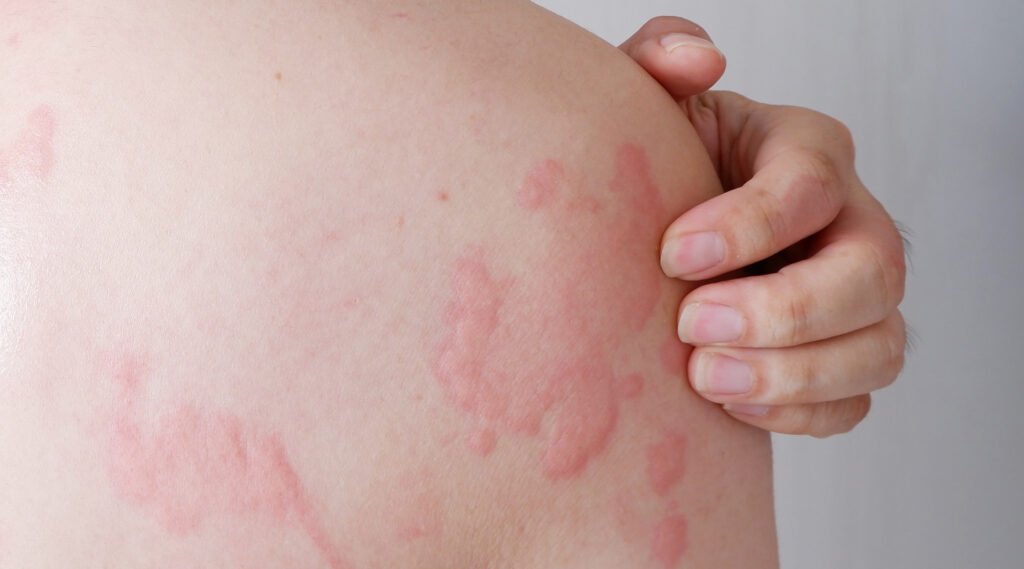
Hives, or urticaria, are a type of rash that appears as raised, itchy welts on the skin. They often appear suddenly and can disappear within hours or days.
Key features of hives:
- Appear as raised welts on the skin
- Smooth in texture, not blistered
- May be red, purplish, or skin-colored, depending on your natural skin tone
- The center of the welt often turns pale when pressed
- Tend to come and go quickly and can move to different areas of the body
Hives typically don’t cause dry or peeling skin like other rashes, and they rarely leave marks or scarring.
What Is a Rash?
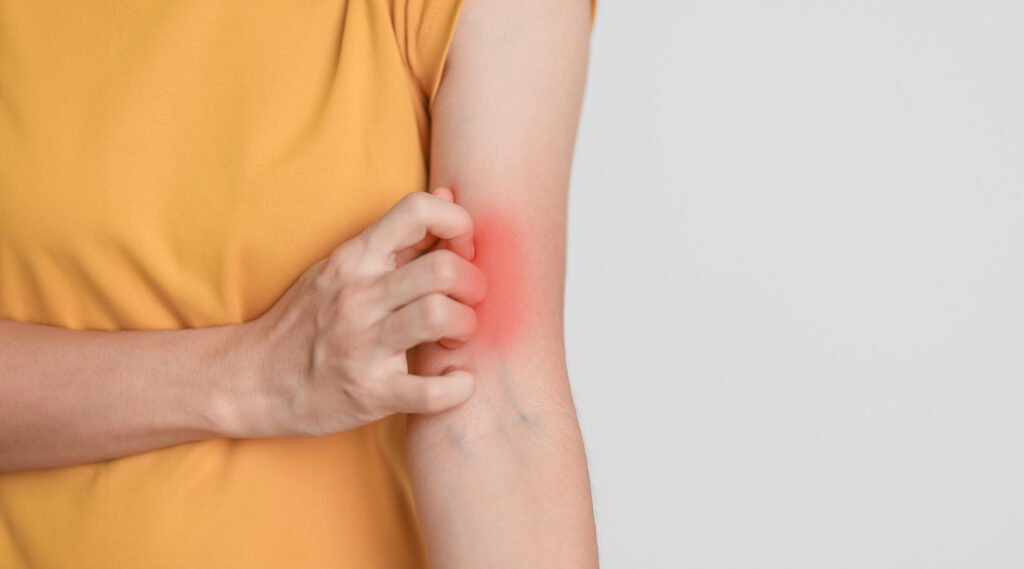
“Rash” is a general term for any change in skin color, texture, or sensation. Rashes can be caused by infections, irritation, allergies, or chronic skin conditions.
Key features of rashes:
- Can appear as spots, bumps, or red patches
- It may be itchy, painful, stinging, or just mildly irritating
- Skin may feel rough, flaky, or even cracked
- Usually stay in one place and don’t move around like hives
What Causes Hives?
Most hives are triggered by allergic reactions, including to:
- Foods (like shellfish or nuts)
- Medications
- Insect stings or bites
- Pet dander
- Pollen
- Latex
There are also physical hives, triggered by factors like:
- Scratching or pressure
- Tight clothing
- Heat or cold exposure
- Sunlight
Chronic hives can last longer than 6 weeks and may persist for months or even years. In many cases, the exact cause is unknown.
While they’re usually not dangerous, they can be frustrating and uncomfortable.
Initial Relief Steps
For mild cases, you can try:
- Avoiding suspected triggers
- Applying a cold compress
- Taking antihistamines (allergy medication)
- Using a skin-soothing spray to relieve itch and irritation
One product you can try is wund+™ Wound Spray. It contains hypochlorous acid, known for calming irritated skin, relieving itchiness, and keeping the affected area clean without over-drying.
It’s a great option for sensitive skin, especially during early rash flare-ups.
Note: If your hives are accompanied by severe symptoms like facial swelling or difficulty breathing, seek emergency medical care immediately.
It could be a sign of anaphylaxis, a serious allergic reaction that requires urgent treatment.
Recognizing whether you have hives or a rash can help you take the right steps toward relief.
Listen to your skin, treat it gently, and when in doubt, talk to a healthcare professional.
References
Healthline. Accessed in 2025. How to Tell the Difference Between Hives and Rashes
Medical News Today. Accessed in 2025. Hives vs. rash: How to tell the difference







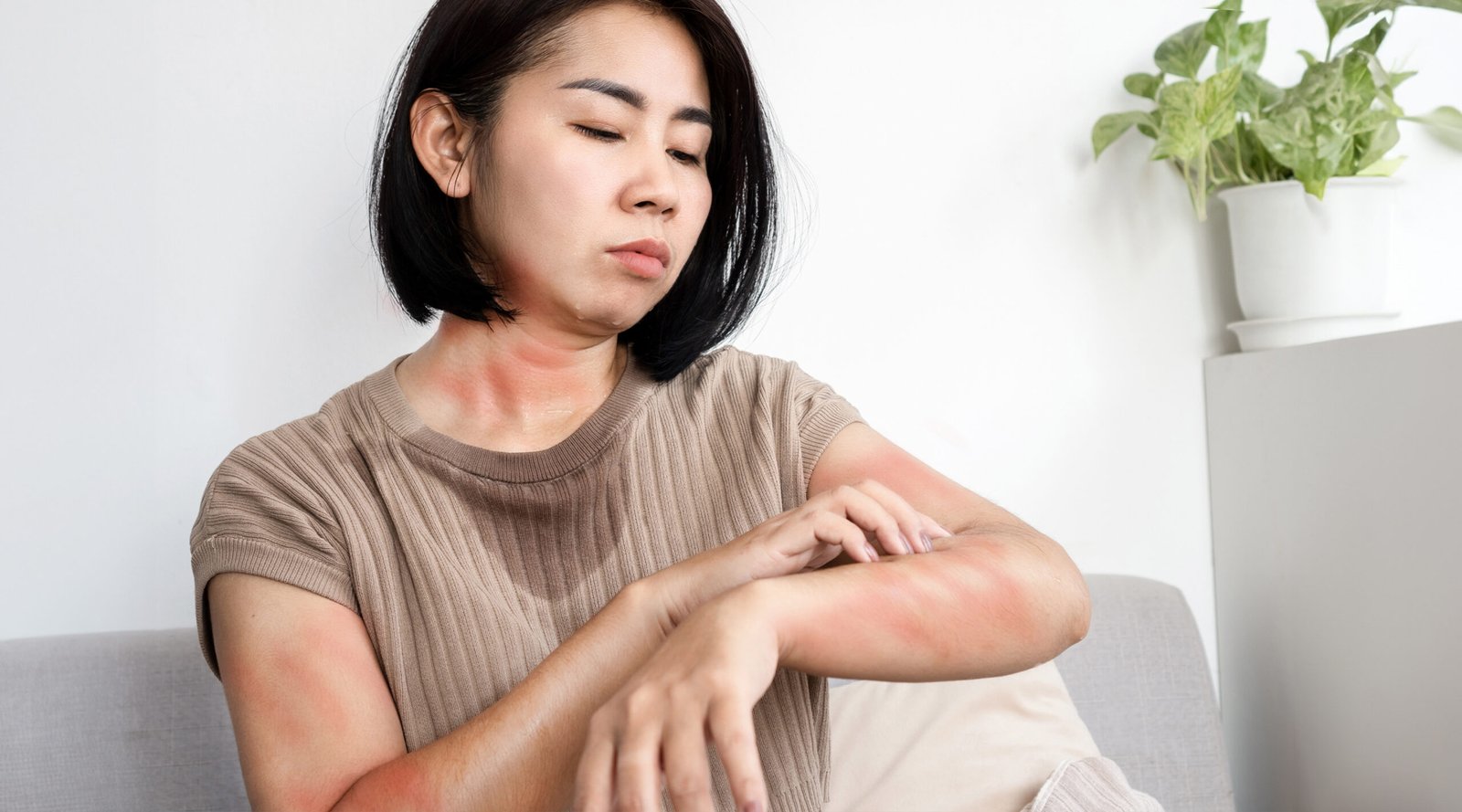
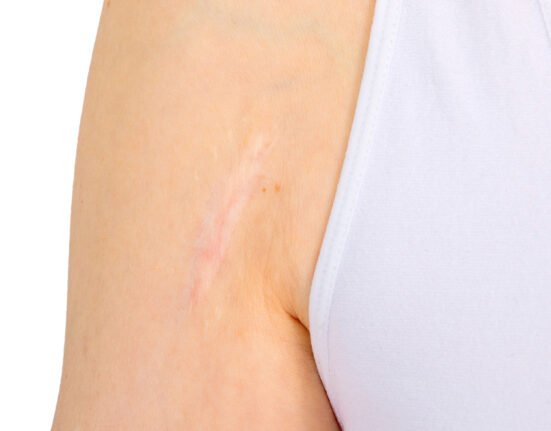
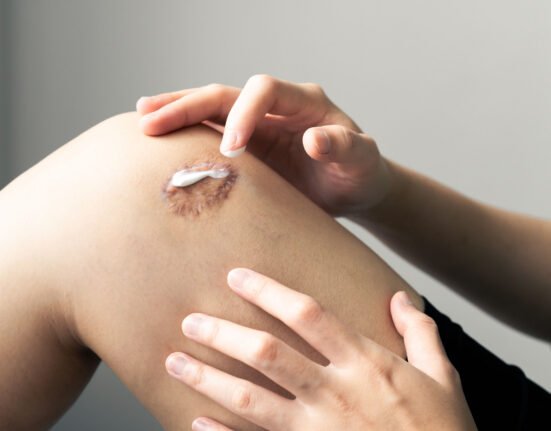
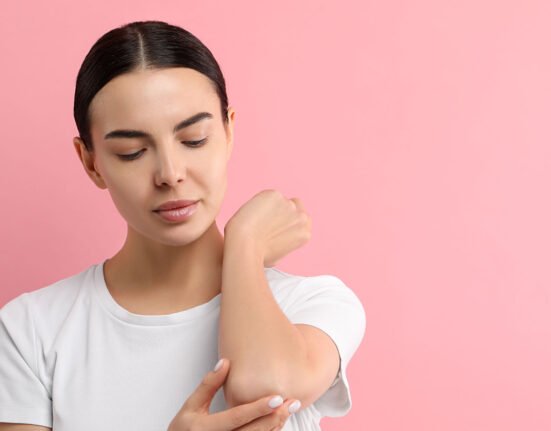



Leave feedback about this